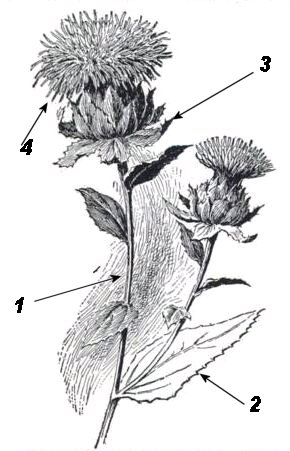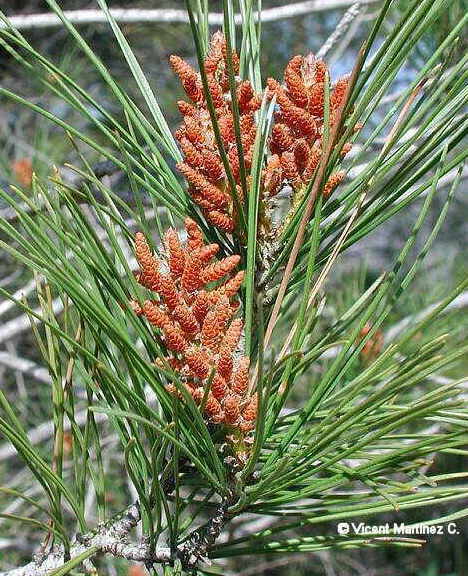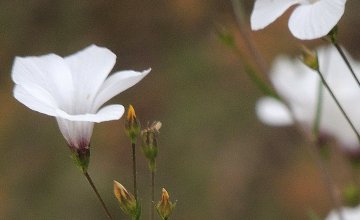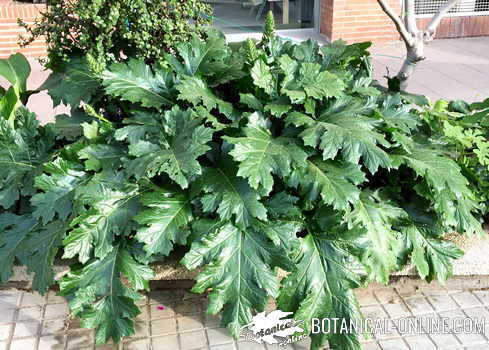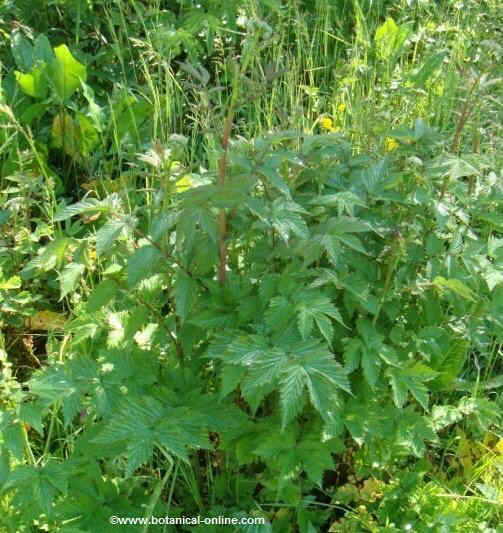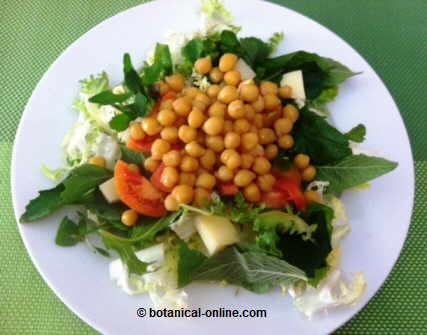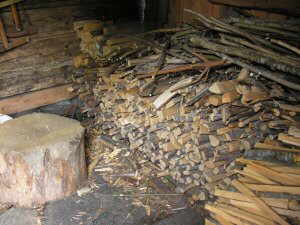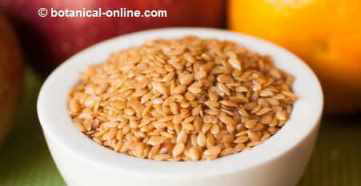Contents
DANDELION LEAVES AS VEGETABLE FOOD
NUTRITIONAL VALUE AND RECIPES WITH DANDELION
How to eat dandelion leaves?
Dandelion (Taraxacum officinale) is a plant that has been consumed for many years as a common vegetable, but, over time, people have used more productive plants for feeding, like spinach or chard.
In many places, especially in the regions of Central Europe, where this plant abounds, the tradition of eating dandelion is preserved, although in others, it has been limited only to its medicinal use. (See medicinal properties of dandelion in the listing below)
Nutritional value of dandelion
One could argue that dandelion is one of the most nutritious vegetables leaves nature offers us.
It contains more iron, more magnesium and calcium than spinach or chard; and more vitamin A (as beta carotene) than even carrots.
What are the main curative properties of dandelion leaves?
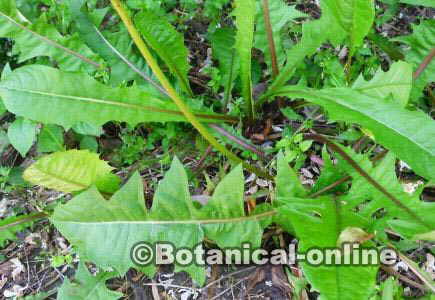
Leaves of dandelion
Dandelion has beneficial properties for the liver. It stimulates the production of bile and empties the gallbladder (cholagogue and choleretic properties).
When bile is released into the intestine, it is captured by dandelion fiber, which helps to remove the faeces. Since bile is rich in cholesterol, this vegetable is highly cleansing because it helps remove cholesterol and cleanse the bowels.
For the same reason, it is an appropriate plant for obesity and diets, since its cholagogue and choleretic properties help flush cholesterol.
The high fiber content in dandelion encourages intestinal transit and helps cure constipation.
Dandelion also contains a lot of potassium, which gives it diuretic properties to stimulate urine production. These properties are well known, to the point that in Catalan is called ‘ pixallits ‘ or French ‘ pissenlit ‘, which literally translated means “bed wetter.”
For its content in beta carotene, it helps improve skin health and vision. Calcium and magnesium are adequate to prevent bone problems like osteoporosis.
| NUTRITIONAL COMPOSITION OF DANDELION PER 100 g. | |
| Nutrient | Content |
| Calories (Kcal.) | 45 |
| Carbohydrates (g.) | 9,2 |
| Proteins (g.) | 2,7 |
| Fats (g.) | 0,7 |
| Fiber (g.) | 3,5 |
| Calcium (mg.) | 187 |
| Iron (mg.) | 3,1 |
| Potassium (mg.) | 397 |
| Vitamin C (mg.) | 35 |
| Vitamin E (mg.) | 2.500 |
| Vitamin A (UI) | 14.000 |
When to collect dandelion leaves?
Young leaves of the plant can be collected. Dandelion may seem similar to other plants of the Compositae family, such as salsify, but it differs from similar species mainly because:
- It has leaves with very sharp jagged edges.
- The underside of the leaves has no hairs (only in some samples, the old leaves).
It can be grown in the garden or eat as a wild plant. In the latter case, if you do not know for sure they are not affected by chemicals, do not pick up to avoid poisoning.
No plants should be collected near highways, roadsides, rivers and places for grazing animals, or near fields, places that may be contaminated with pets, cars, dust, livestock or pesticides.
How to eat and cook dandelion?
Mainly you can eat it:
- Raw in salads
- Cooked : tortilla, quiches, with chickpeas, with spinach or chard,…
Dandelion has no toxicity, used under therapeutic amounts, or taken as a vegetable in the diet.
It has some content in oxalates, especially the older leaves, so boiling them is recommended before cooking (oxalates are soluble and remain in the cooking water). However, the oxalate content is lower than in other vegetables, such as spinach, rhubarb or Sorrel.
| LIST OF DANDELION RECIPES | |
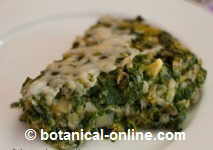 Dandelion quiche Dandelion quiche | 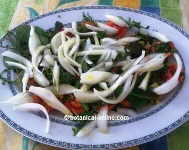 Dandelion salad Dandelion salad |
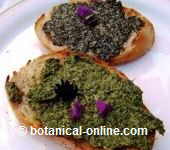 Herbs butter Herbs butter | 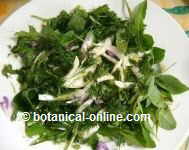 Wild plants salad Wild plants salad |
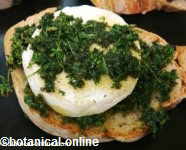 Cheese spread with dandelion Cheese spread with dandelion | 
|
![]() More information on dandelion.
More information on dandelion.

